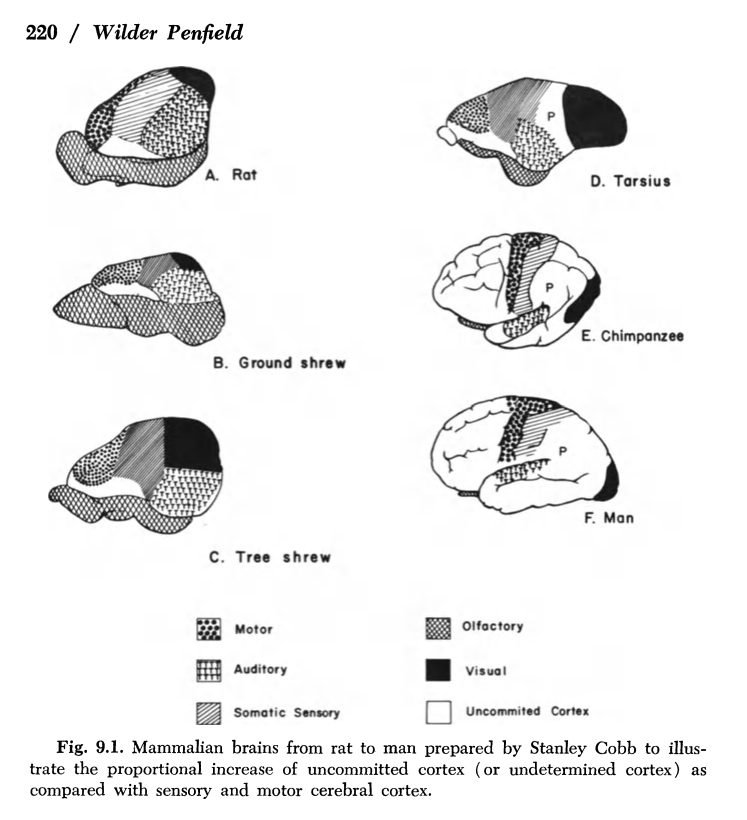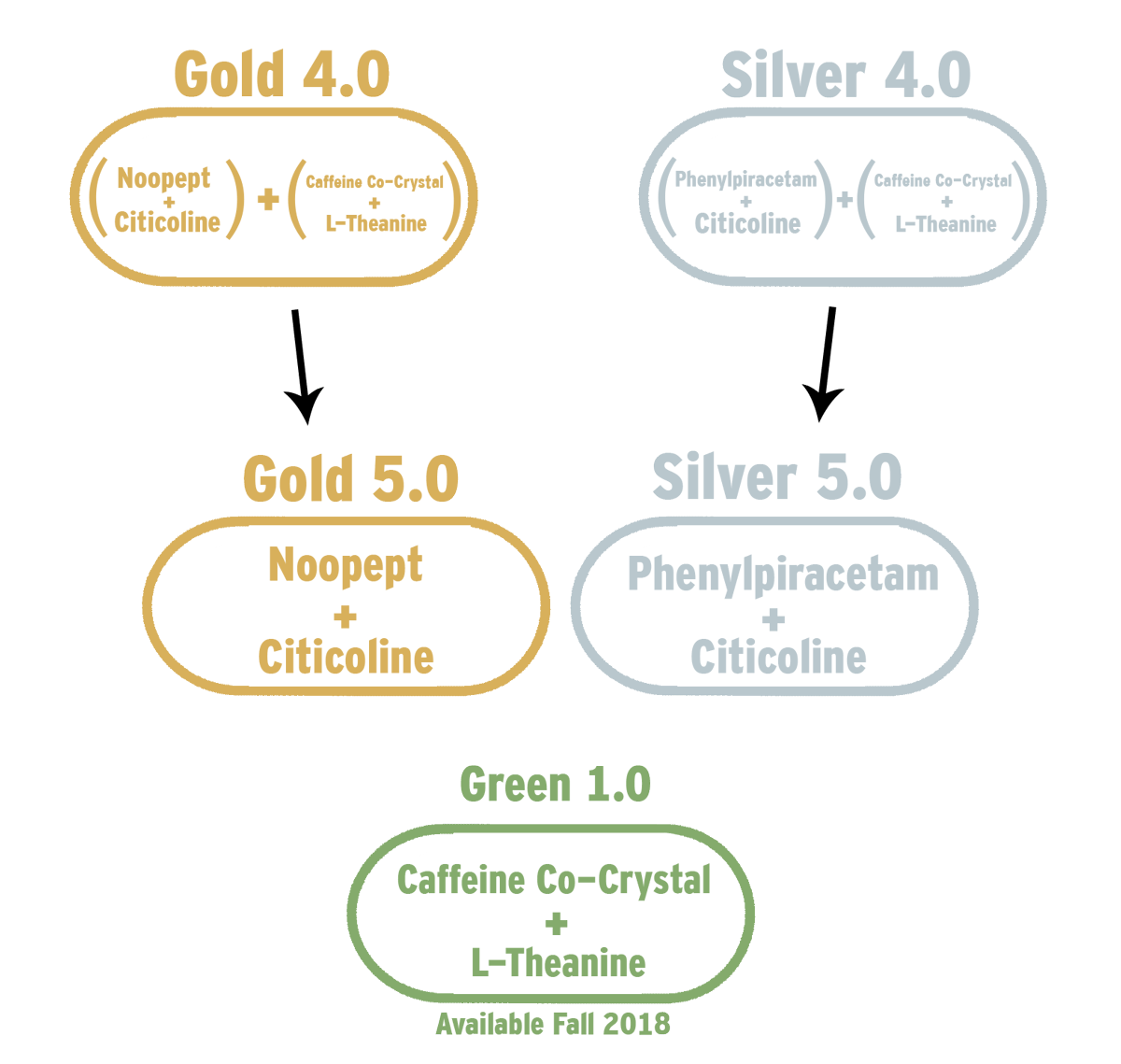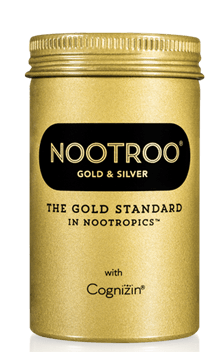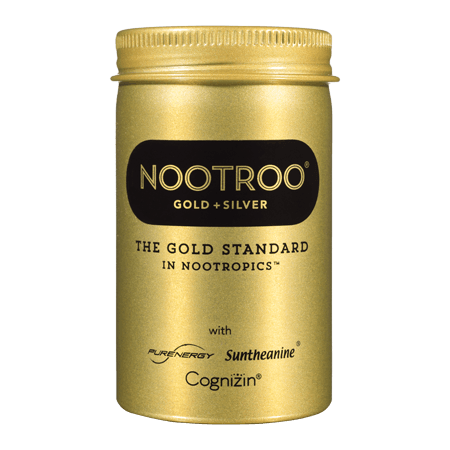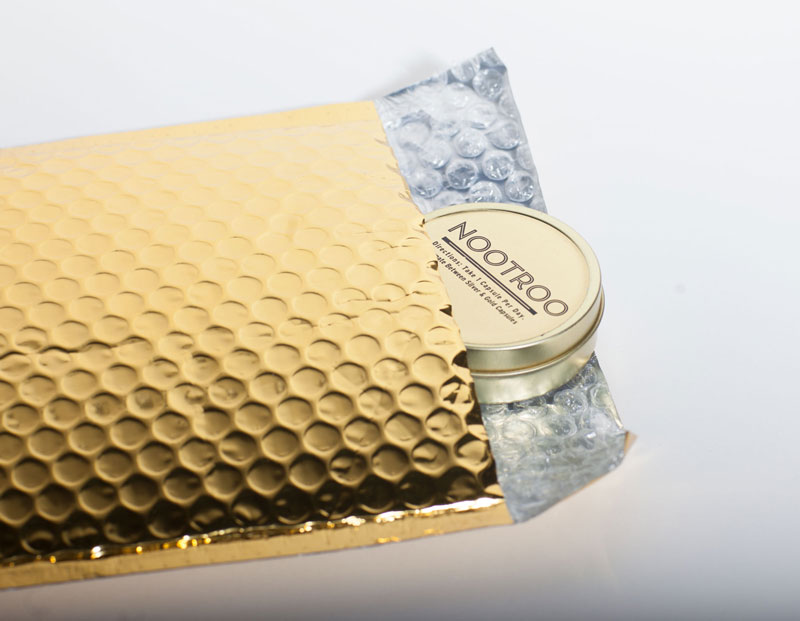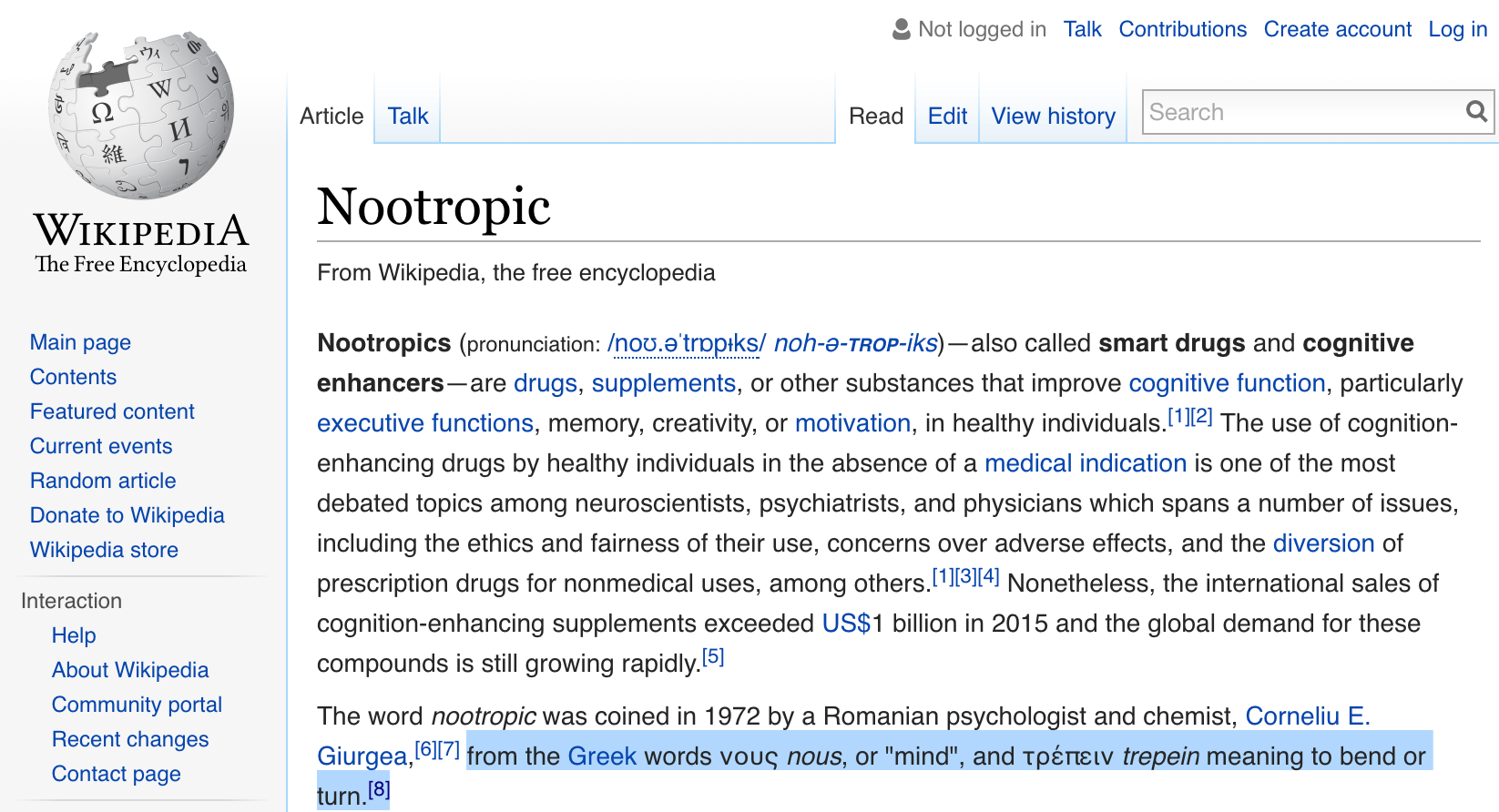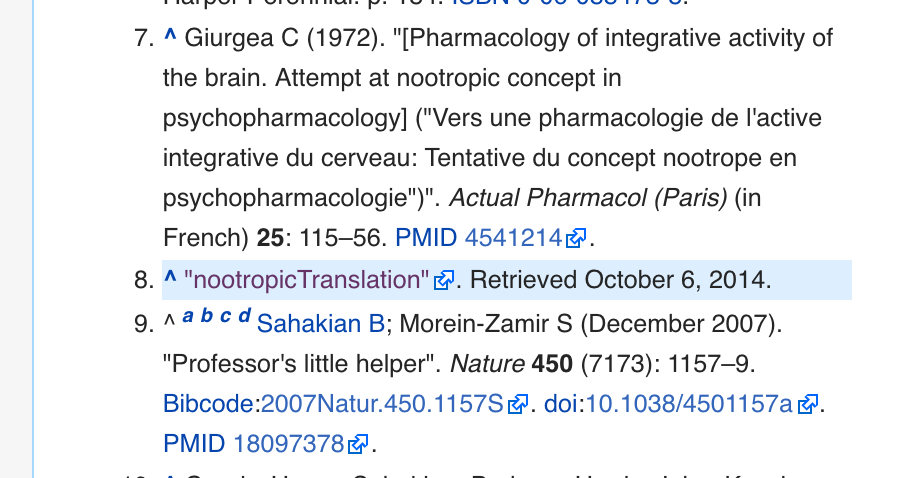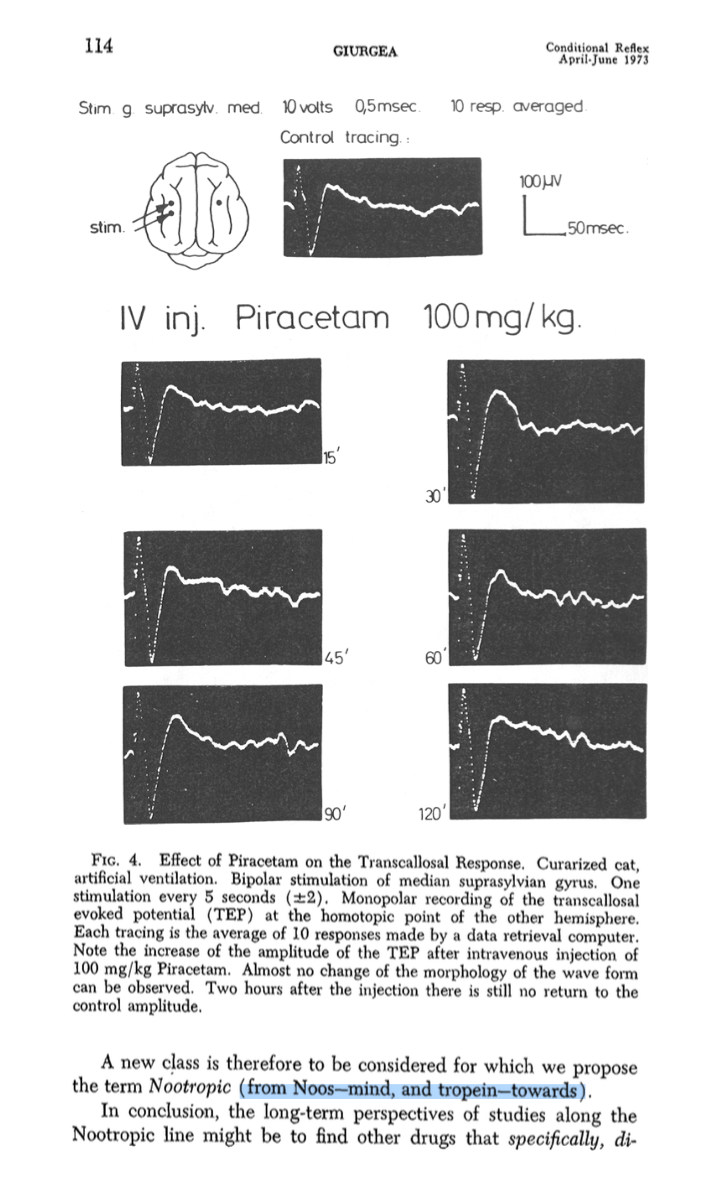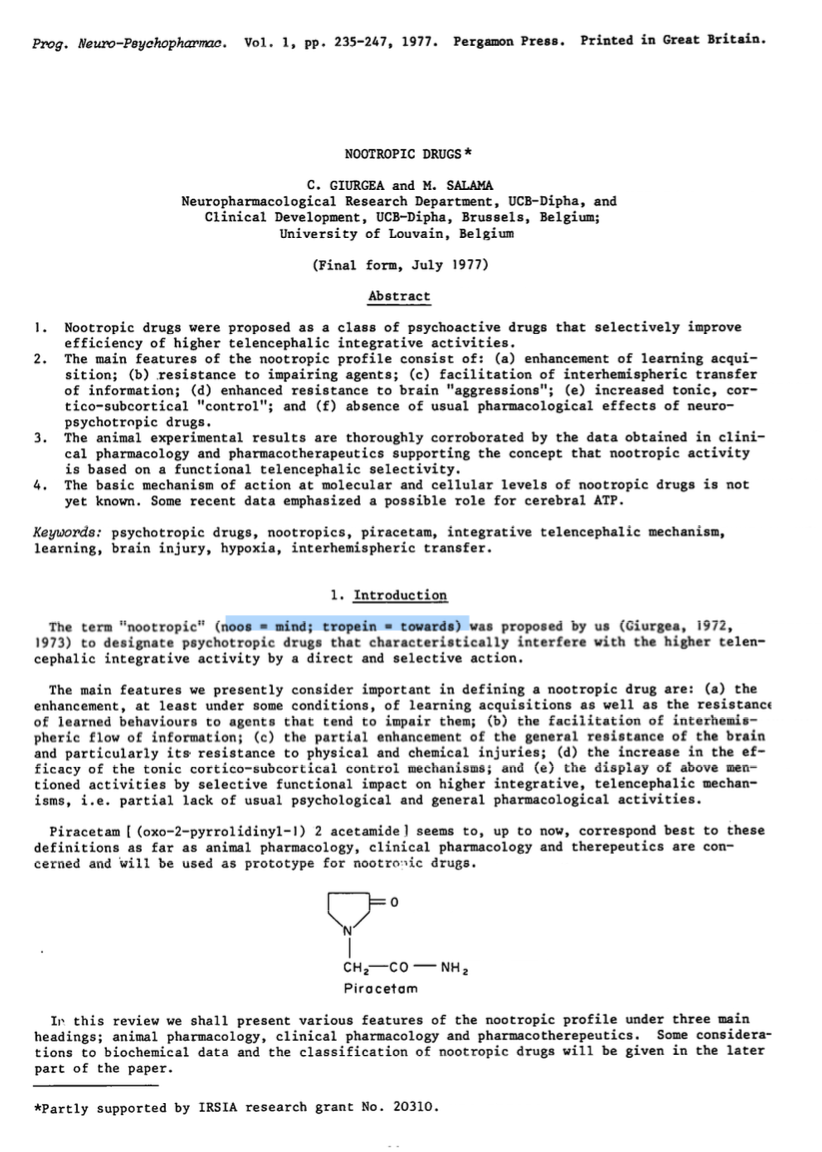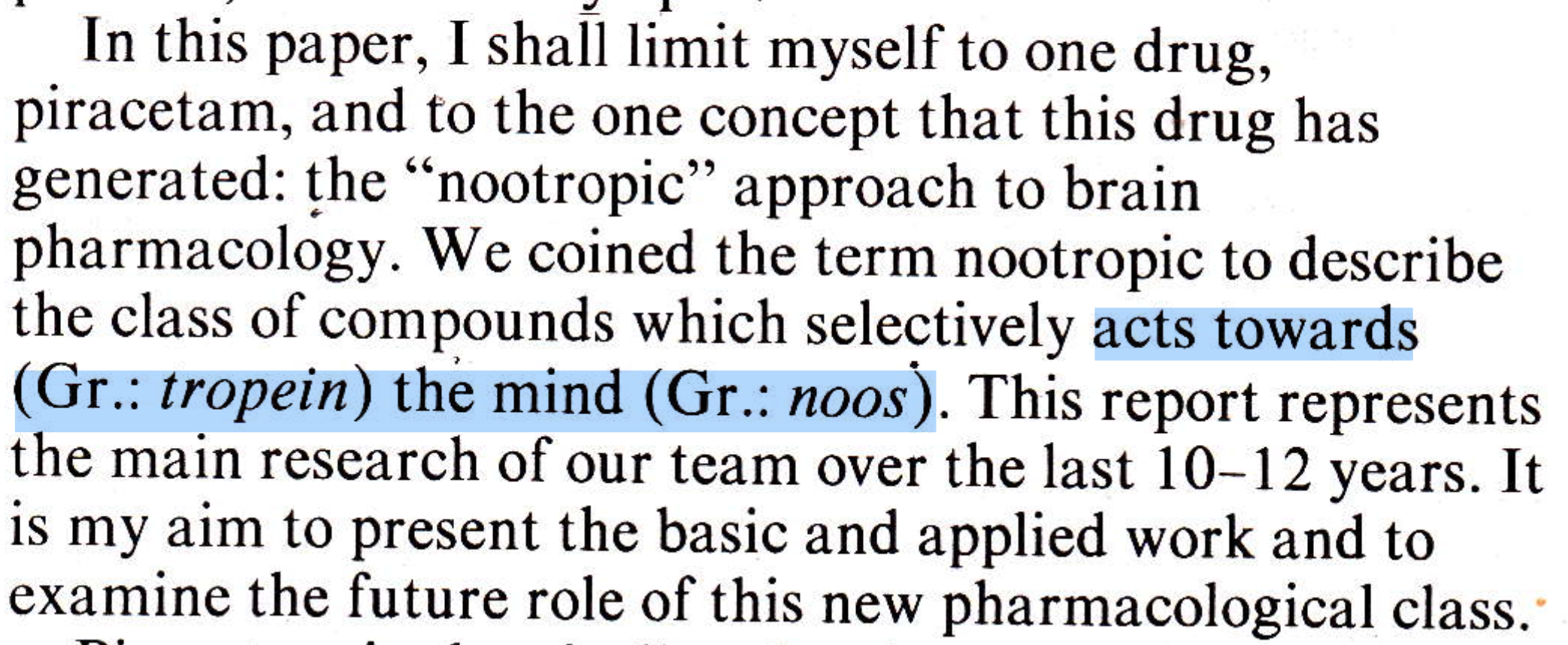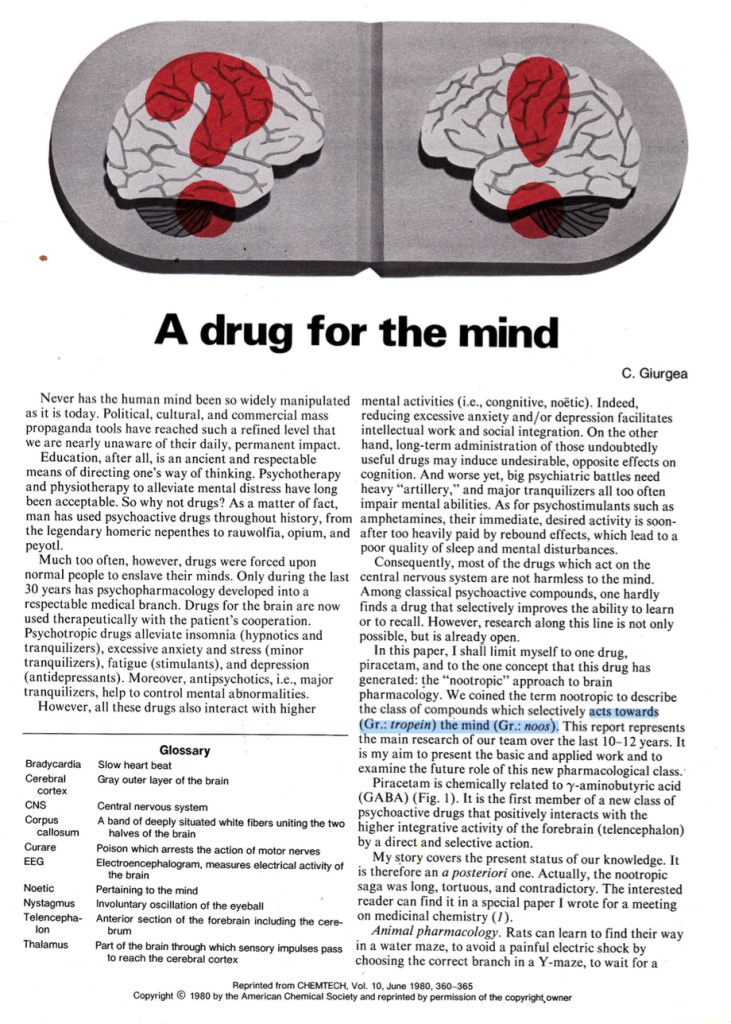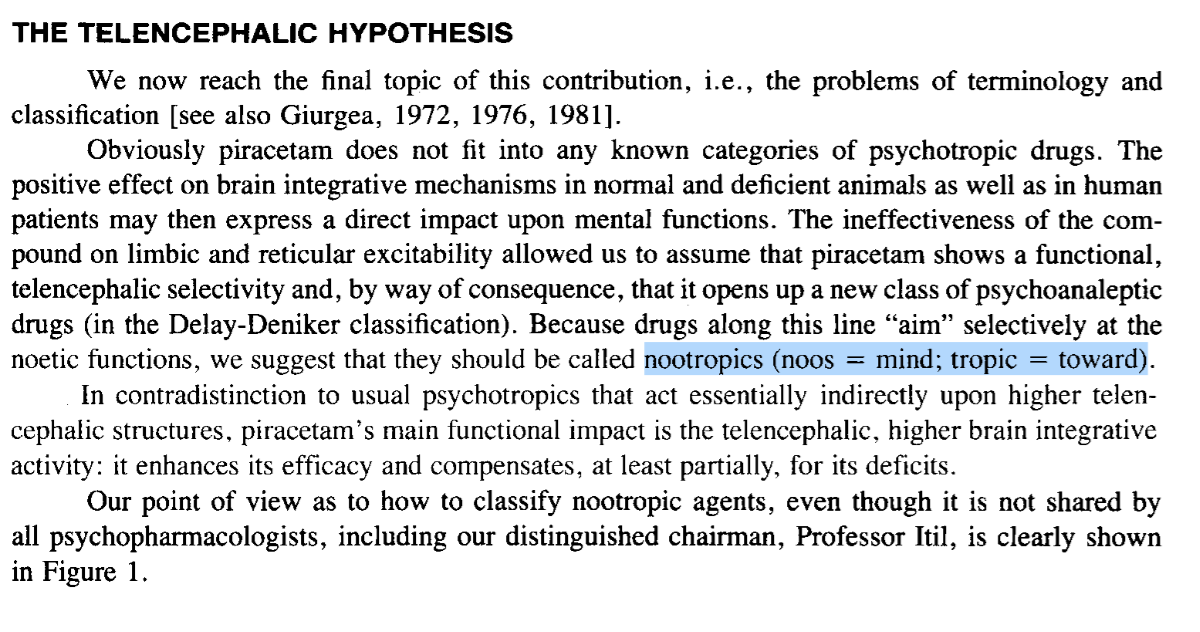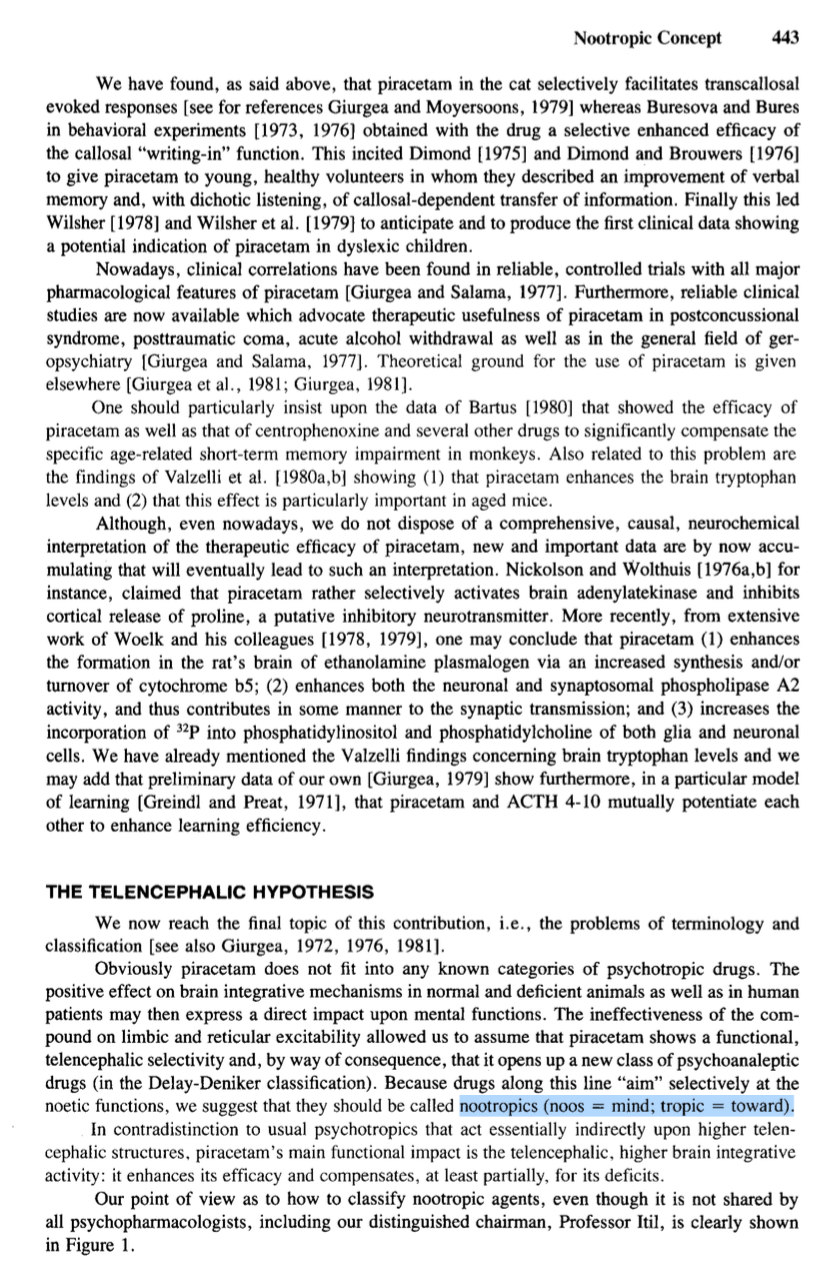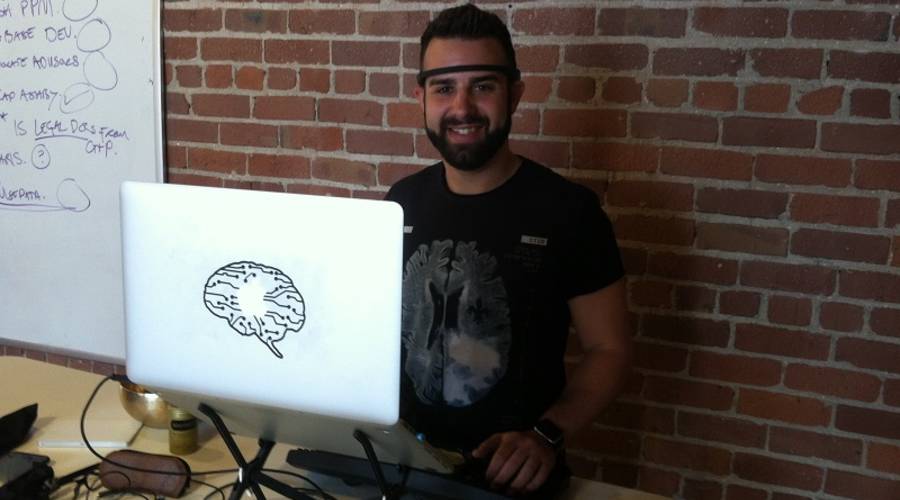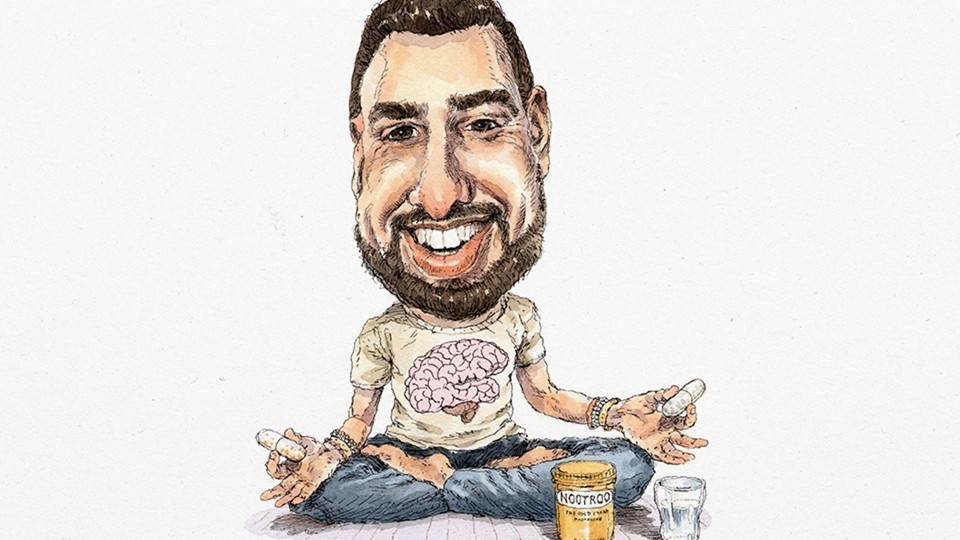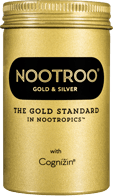Nootroo is spinning out a few new items from our R&D department, which is known as Nootroo Labs. Nootroo Gold & Silver (G&S) will continue to be available, but while we work on the next batch and on introducing Nootroo Green, we thought it would be a good time to bring out some of our latest research items.
There is an old Zen saying that says “you should sit in meditation for 20 minutes a day unless you’re too busy; then you should sit for an hour.” It seems counter-intuitive, but by taking time out of your day simply to focus on the breath, you can align your mind and make the rest of your day seem longer. Meditation appears to alter the rate at which we perceive time.[1]The effect of mindfulness meditation on time perception
Those who meditate will perceive a given period of time as being of longer duration compared to someone who has not meditated[2]Temporal Cognition and the Phenomenology of Time: A Multiplicative Function for Apparent Duration[3]Attention regulation and monitoring in meditation[4]Progressive increase in critical flicker fusion frequency following yoga training In this way, time spent meditating pays dividends, by giving you “extra” time back throughout the rest of your day.
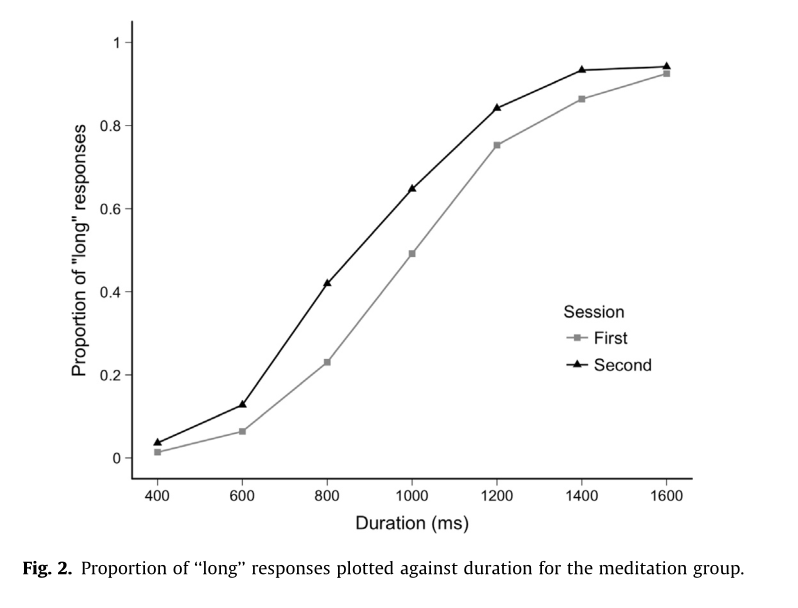 This oft-overlooked benefit of meditation offers you one of the most powerful perceptive enhancements possible: more time (or at least the perception of it). What is even more surprising, is that you can tap into this with as little as a few minutes of meditation. I’ll dig deeper into the science on this in future writings, but for now, it is time for you to put this theory to the test.
This oft-overlooked benefit of meditation offers you one of the most powerful perceptive enhancements possible: more time (or at least the perception of it). What is even more surprising, is that you can tap into this with as little as a few minutes of meditation. I’ll dig deeper into the science on this in future writings, but for now, it is time for you to put this theory to the test.
Can you try doing an extremely brief meditation right now? I’m going to make it extremely easy for you to get started. No need for an hour, let alone 20 minutes, just give me a few minutes.
Simply stop what you are doing right now and press the play button and listen to the meditation below. There is no special preparation or a better time for you to “save this for later.” If you are reading this sentence right now, STOP reading and press PLAY.
You may want to be sitting and in a place where you can close your eyes, but that is not required. Just do the best you can!
Don’t make a big deal about it, just simply press play and follow the instructions of the guide.
Even if you have meditated already today or have a regular practice, try this meditation and bring your awareness to how much space it puts into the moment, how much longer these minutes seem than the equivalent minutes spent scrolling on social media.
Do not worry about doing it wrong, just do it. That is the beauty of meditation: there is no wrong way to meditate.
So listen now (direct .mp3 link) and we’ll pick up tomorrow with the best way to put that all that “new” time to use.
